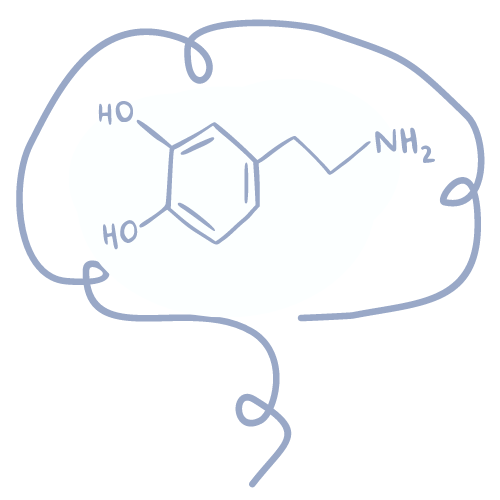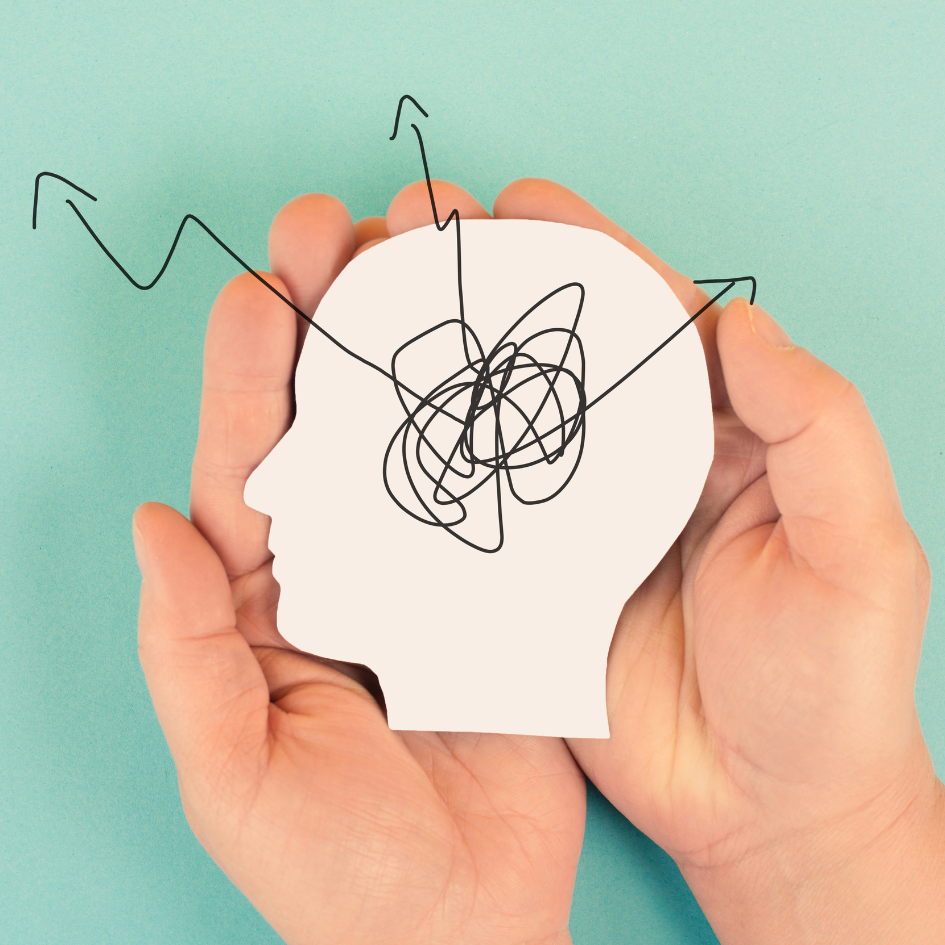Acupuncture for Chronic Pain
At Aetherium, we help our patients get much-needed relief from chronic pain such as:
- Low back pain
- Sciatica
- Neck pain
- Headaches & migraines
- Arthritis
- Shoulder pain
- Elbow pain
- Heel pain & plantar fasciitis
- Knee pain
- Chronic injuries

How does acupuncture help with chronic pain?
Acupuncture has long been recognized as an effective treatment for chronic pain and other inflammation-related health problems. Multiple studies have found that acupuncture helps reduce chronic pain by:

Increasing Blood Flow & Oxygen
Healthy blood circulation is a vital component of life. Acupuncture has been shown to relieve pain by improving blood flow, which boosts oxygenation in the body. Increasing blood flow and oxygen in tissues helps to relax muscles, relieve pain, improve metabolic waste throughout the body, and promote system-wide balance for better health.

Promoting Pain Inhibition
Pain can trigger central amplification called central sensitization, resulting in increased sensitivity to feeling pain and an extreme response to pain. Extensive scientific research has consistently shown that acupuncture enhances the descending inhibitory effect and modulates the feeling of pain, thus providing pain relief.

Fighting Inflammation
Acupuncture, a practice increasingly integrated into Western medicine, is being recognized as a potential treatment for inflammation. Research has shown that acupuncture can reduce systemic inflammatory markers by activating the vagal-adrenal axis, a pathway wherein the vagus nerve signals the adrenal glands to release dopamine.

Releasing Neurochemicals
Research shows that acupuncture triggers the nervous system to release beta-endorphins, the “feel-good chemicals.” These are important in pain management because they produce a morphine-like effect.
Three words: caring, knowledgable, and talented. I’ve had 10 amazing sessions with Dr. Grigorian — as a first-timer to acupuncture, I’d tried everything else before seeing her for a neck impingement with truly excruciating occipital (think where neck meets head) pain. What didn’t work: muscle relaxants, chiro, massage (for longer than 10 minutes), heating pads, roller balls, and yoga/stretching. Within the first appointment, Dr. G identified the issue and seeing how much pain I was in, wouldn’t let me leave without some relief. She gave me relief in my head, neck, occipital area — the first time in weeks. I could’ve cried. My neck pain has abated thanks to her and within 7 sessions we were able to start working on many other issues: foot pain, menstrual issues, and migraines.
Things you should know: she has a sensibility about where people are in pain, how to approach issues — immediate or long-term, and she actually cares. This is what separates her from so many other practitioners — and frankly, from most other doctors in general.
Success Stories
Migraine Treatment
Our patient, a 45-year-old female, had been experiencing migraines since her mid-20s. At the beginning, she would experience migraines randomly. However, around the age of 42, the migraines became debilitating. The onset of a headache would cause her to feel off balance, be sensitive to light and noise, experience spotting in the eye, and make her sensitive to light and noise. She would also experience nausea and vomiting. The patient worked with her neurologist to manage the migraine symptoms, but the prescription of Eletriptan did not help.
We worked with the patient to find relief after the initial treatment and continued working closely with her for two years. The treatment goal was to enable the patient to resume her normal daily activities, and reduce the frequency and severity of the migraines.
